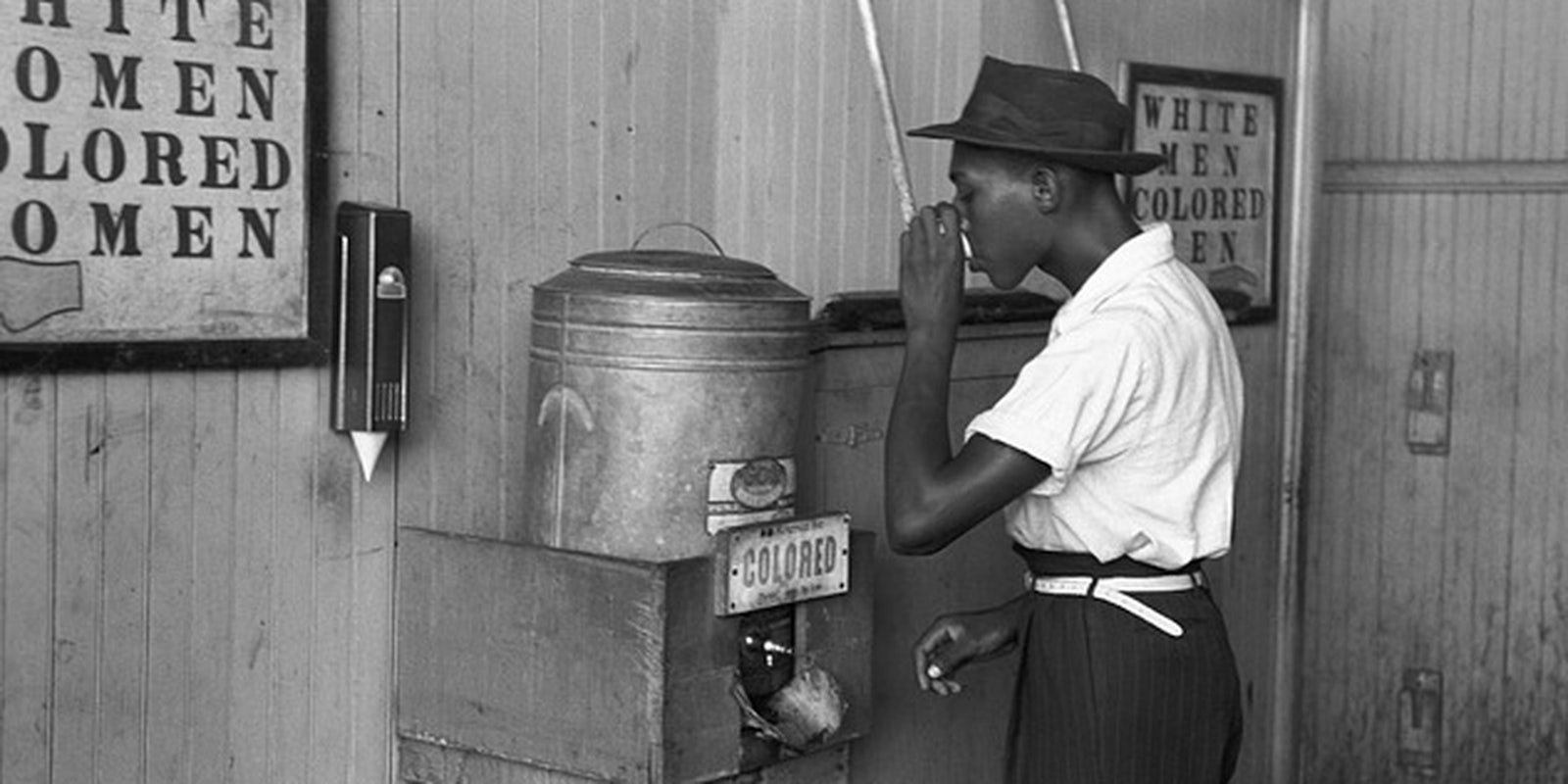From New York, to Missouri, and now to Texas, race relations in America are extremely tense. And a recent poll on race relations conducted by CBS News and the New York Times confirms that we may be in an even worse spot than we thought.
According to the poll, 68 percent of black Americans said that race relations were “generally bad” in the country—the highest percentage since 1997. In the years shortly before and following President Obama’s 2008 election, the majority of black poll respondents said they thought race relations were good.
It’s no shock that black Americans view race differently than white Americans. Many of the questions in the poll center on the black experience: racial profiling, affirmative action, and voting rights are some of the topics surveyed, with different answers depending on race. But what is surprising is the level of segregation that exists between the two segments of the population.
A majority of white people in the U.S. said they rarely interact with black people. When asked how many of the people they regularly come into contact with are black, 64 percent of white Americans answered only “a few.”
Only 27 percent said that about half the people they came into contact with were black, and 4 percent said they never interacted with any black people at all.
Black respondents, though, told a different story. The largest number (48 percent) said that about half the people around them were white. Black Americans are much more likely to report living in white communities than vice versa, too—a full 21 percent of black respondents said almost all of the people in their neighborhood were white, compared to a tiny 3 percent of whites living in mostly-black areas.
All it takes is a cursory glance at prominent conversations online to see that race relations are in a tough spot. The #BlackLivesMatter hashtag proliferated after the murder of Michael Brown in Ferguson, Missouri, but just this week there were tense conversations about people co-opting the hashtag to make it ‘#AllLivesMatter.’
Similarly, last week the hashtag #GrowingUpBlack gained popularity, with black people sharing their experiences about their childhoods. But no sooner did it become a trend, than #GrowingUpWhite became a thing.
A June Atlantic article on racial integration found that black residents in Beaumont, Texas were essentially forced into living in a single, low-income area of the city. Housing officials who proposed new developments in wealthier, whiter areas were met with the kind of resistance that subtly mandates continued segregation.
In Washington, D.C., racial segregation is a constant topic of discourse. Residents in the urban areas, especially the East side, are mostly black and do not have the right to vote—whereas much of the city’s white population lives outside the city limits in manicured suburbs like Bethesda, Maryland.
A 2006 report issued by the Voting and Democracy Research Center found that urban black communities were harmed the most by the lack of voting rights in D.C. Residents of the district pay federal taxes, but have no representatives in Congress or the Senate. In a 2013 nod to locals, President Obama asked that D.C.’s “taxation without representation” protest license plates be placed on his presidential transport.
H/T New York Times | Photo via Pixabay (CC BY 0)


